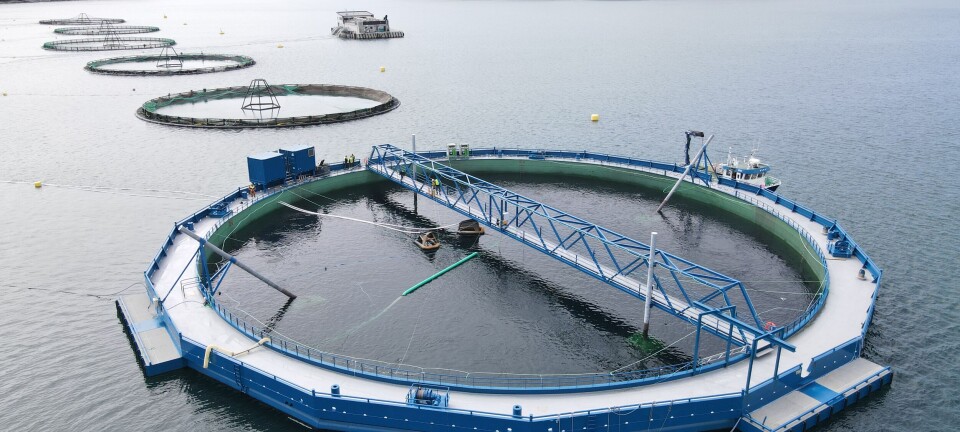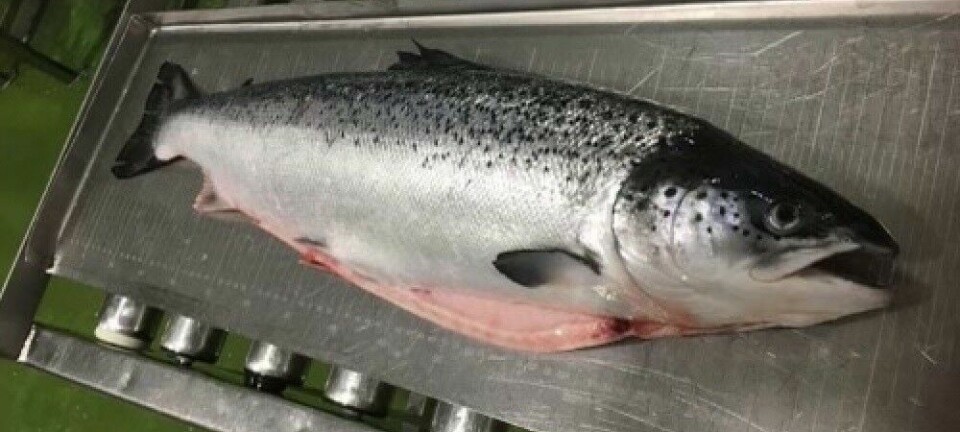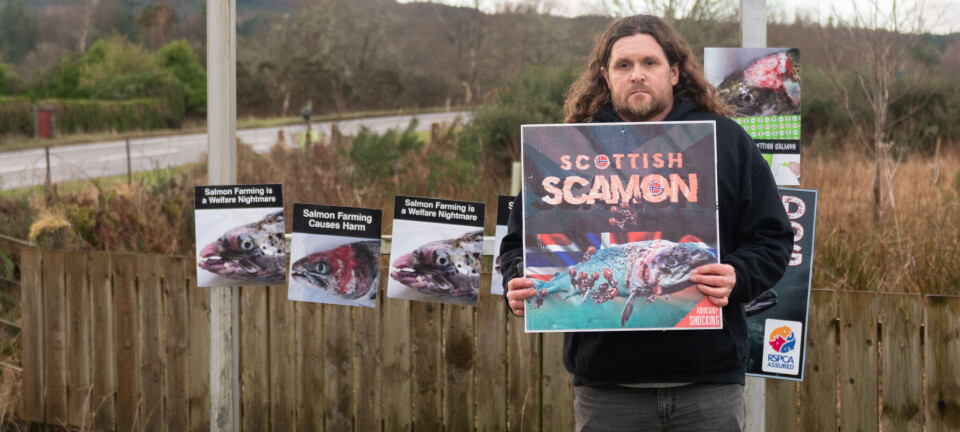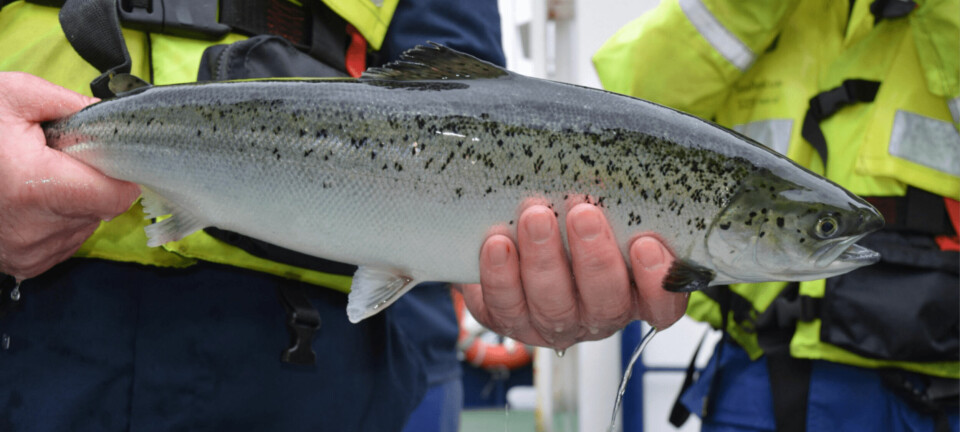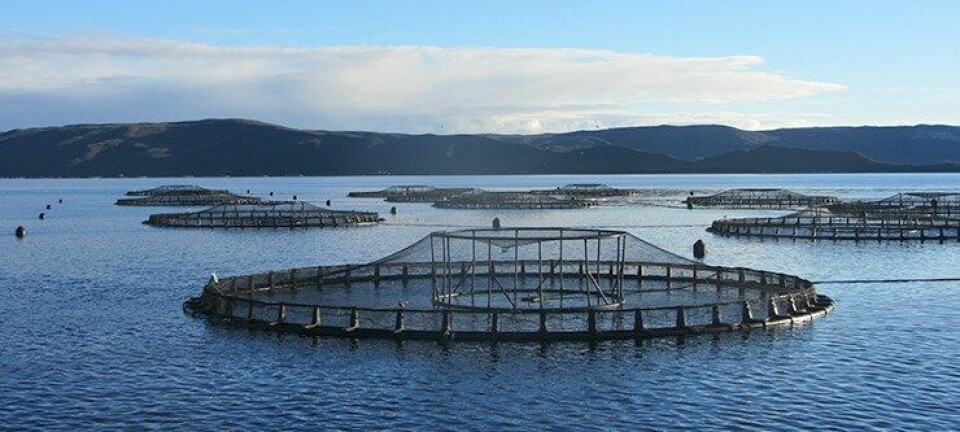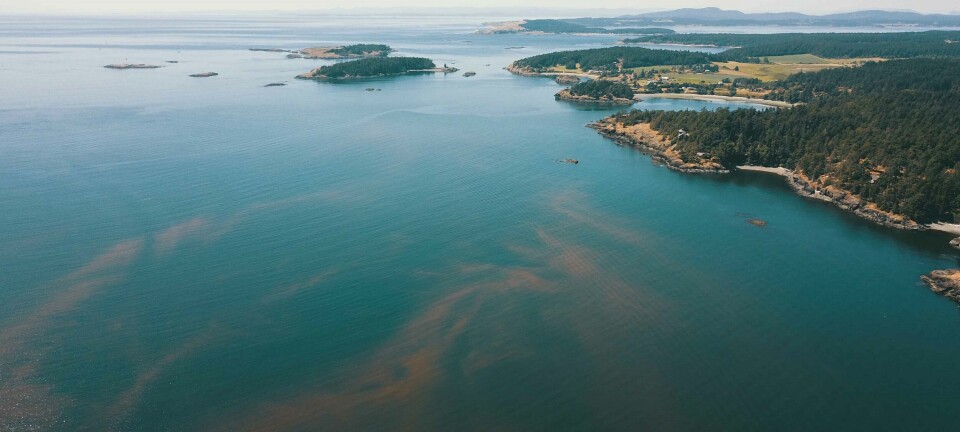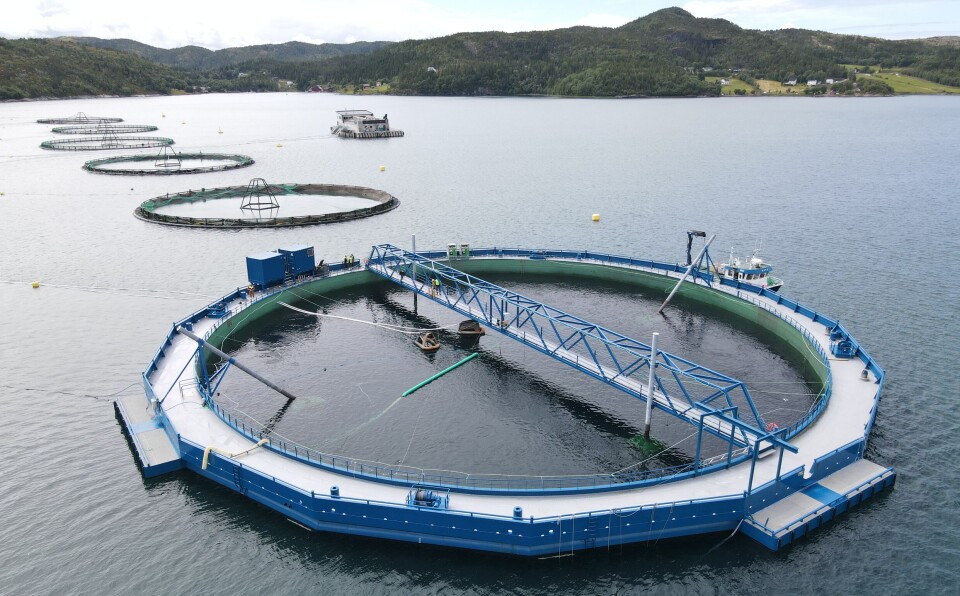
Can Atlantic salmon be farmed in the Adriatic?
A Norwegian-Croatian study indicates that they can, using semi-closed systems with deep-water intake. But as the sea continues to warm, the opportunity may not be there forever.
As salmon production in Norway plateaued many years ago, the industry there is increasingly looking for international opportunities to expand. But the world is not filled with sheltered cold-water fjords, and most of the world’s population live in areas with warmer seas where local salmon production is restricted to expensive and energy-hungry land-based facilities.
But could it be possible to produce salmonids in the Mediterranean or in the Adriatic Sea? This was the topic of the project "Sustainable Salmonid Farming and Cage Fabrication in Croatia" funded by EEA (European Economic Area) and Norway Grants.
Project promoter Seafarming Systems, along with Norwegian partner Salmalytics and Croatian partner Gekom, set out to explore the feasibility of salmonid farming in the Croatian Adriatic Sea using Seafarming Systems’ cage technology with deep water intake, like the semi-closed cage Aquatraz (a system used by the salmon farmer Midt-Norsk Havbruk before it was bought by SalMar).
Cold-water species
Aquaculture is a strategic economic sector for Croatia, with an articulated strategy for growth, including the development of valuable cold-water species. Is it possible for Croatia to become a competitive player in the European salmonid aquaculture market, offering fresh, high-quality fish closer to key markets?
The primary goal of the project was to determine whether the Croatian part of the Adriatic Sea could support farming of cold-water species like Atlantic salmon and rainbow trout, using Seafarming Systems’ cage technology.
Based on the properties of Norway-based Seafarming Systems’ cages and the biological requirements for salmonids, Gekom conducted environmental mapping of the Croatian part of the Adriatic Sea which revealed areas that are suitable for salmonid farming with cages such as Aquatraz.
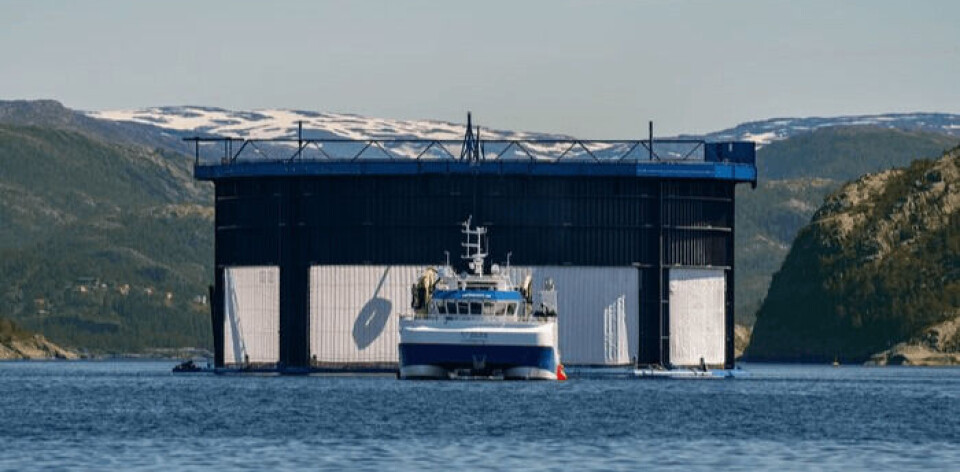
Temperature's rising
As expected, the most limiting factor is high temperatures. The mapping process also revealed that the temperatures have risen significantly during the last 5-6 years, and according to climate projections, will continue to increase.
This raises some concerns about the Adriatic Sea eventually becoming too warm for salmonids, even with deep water intake. Given that current temperatures already are at the upper limit of tolerance for salmonid species, continued warming may ultimately render salmonid farming in the Adriatic unfeasible.
Gekom’s expertise in numerical environmental modelling and marine conditions monitoring allowed for precise mapping of suitable farming locations. By leveraging advanced spectral and hydrodynamic models, Gekom provided high-resolution data on sea conditions, which turned out prospective areas in the Croatian Adriatic Sea satisfying the environmental requirements for salmonid farming in Seafarming Systems’ semi-closed containment systems.
The detailed analysis efficiently identified areas with the most conducive conditions for fish growth and welfare. Conservative production models demonstrated a potential for a doubling of the current seafood production, with salmonids, given the current temperatures.
Mapping the best locations
Even the cold fjords of Norway have experienced warmer waters than normal in 2024, which likely contributed to a surge in sea lice, as well as the presence of sea lice lower in the water column than previously experienced.
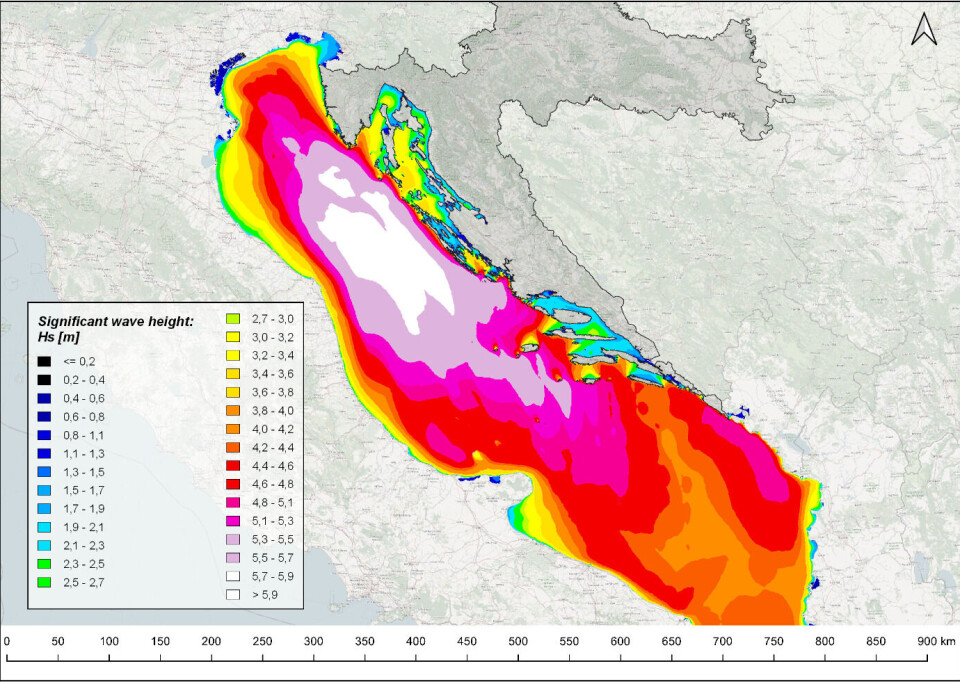
Today, new production locations are mapped using time- and space-limited direct measurements, introducing uncertainty to the environmental knowledge prior to starting up the farming operations. The use of advanced spectral and hydrodynamic 3D models has the potential to improve location knowledge and reduce risk introduced by limited measurements in time and space. Better mapping of the environmental conditions, even in Norwegian fjords, might help farmers choose the best locations for salmon farming in Norway.
The global change in environmental conditions has also introduced challenges for other marine aquaculture species. The benefit of advanced spectral and hydrodynamic models will also have a huge potential for understanding both limitations and potential in optimising positioning of aquaculture locations or the use of deep-water intake.
Will we see Croatian salmon?
EEA and Norway Grants' business development programmes in Croatia focus on strengthening the bilateral relationship between Norway and Croatia and economic development in Croatia, particularly in the blue and green sector.
This project demonstrated a potential for substantial salmonid production in Croatia. With the aid from experienced Norwegian salmonid farmers and new sustainable cage technology, Croatia could potentially find itself at the forefront of sustainable salmonid aquaculture in Europe, serving more of the continent with fresh salmonids in the next decade. Whether this potential will be realised and for how long the Adriatic can maintain temperatures that render salmonid farming feasible remains to be seen.





